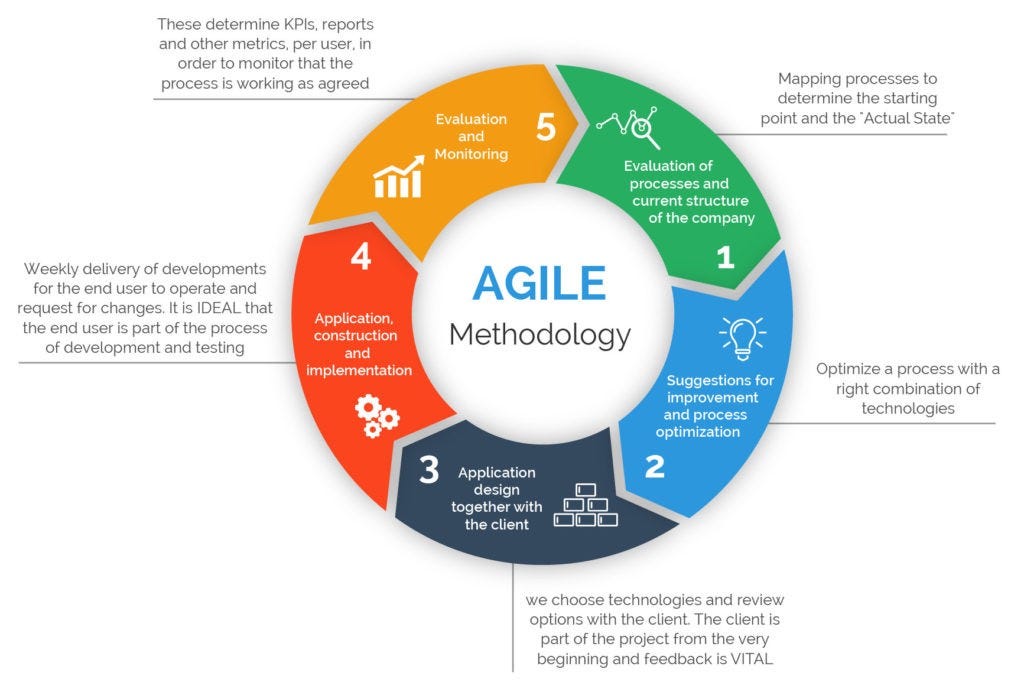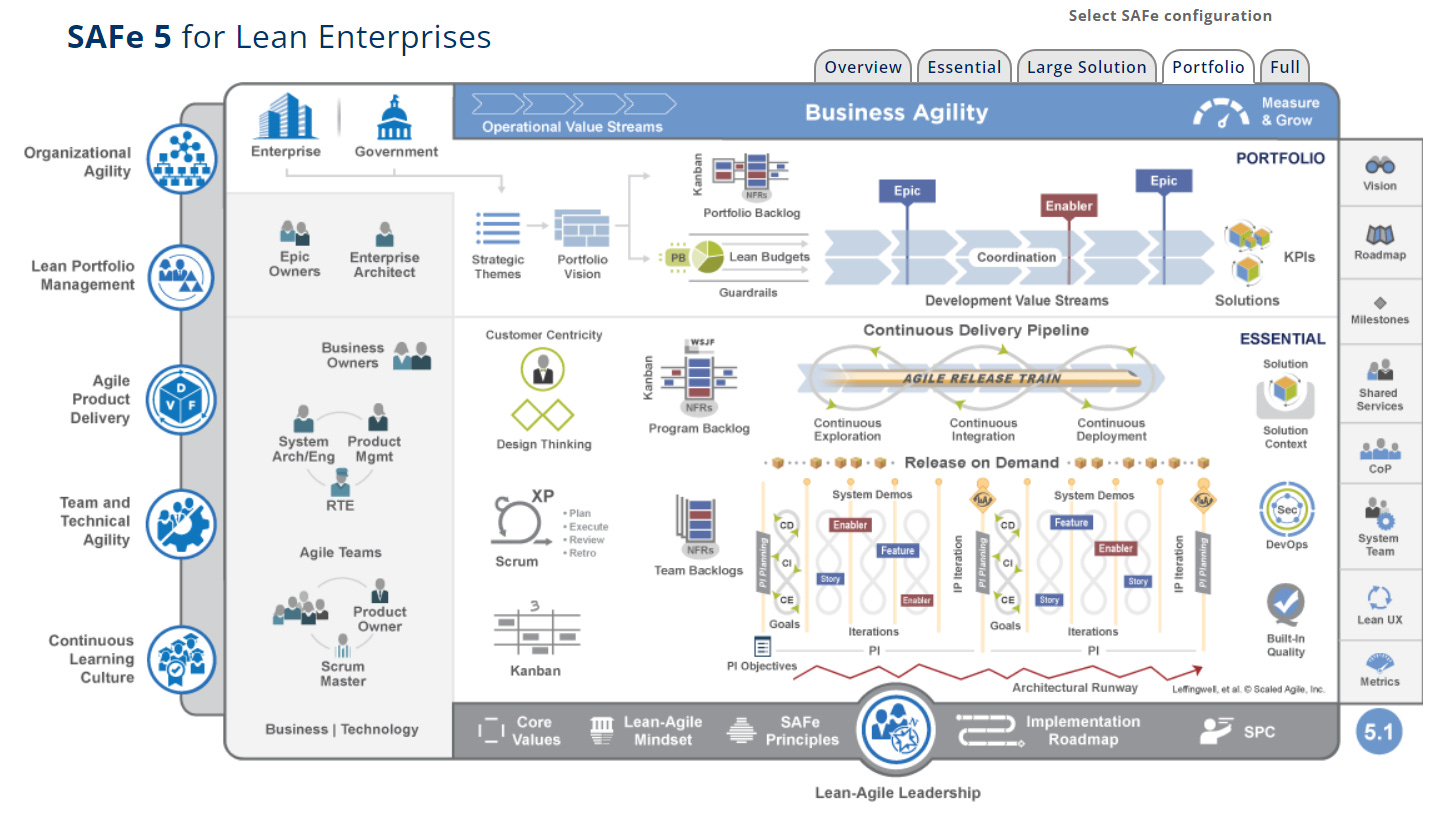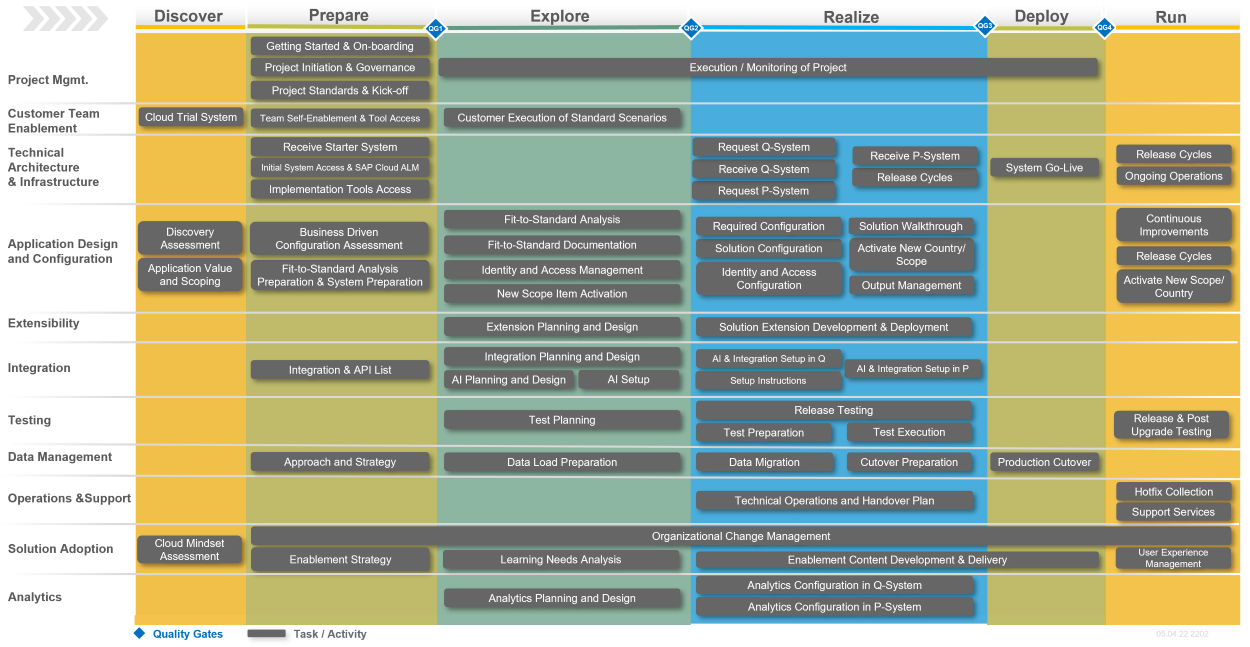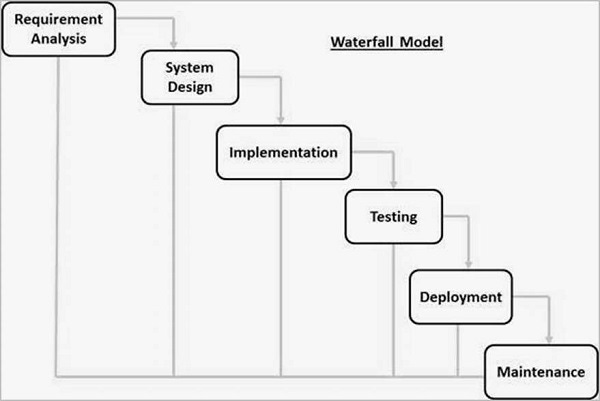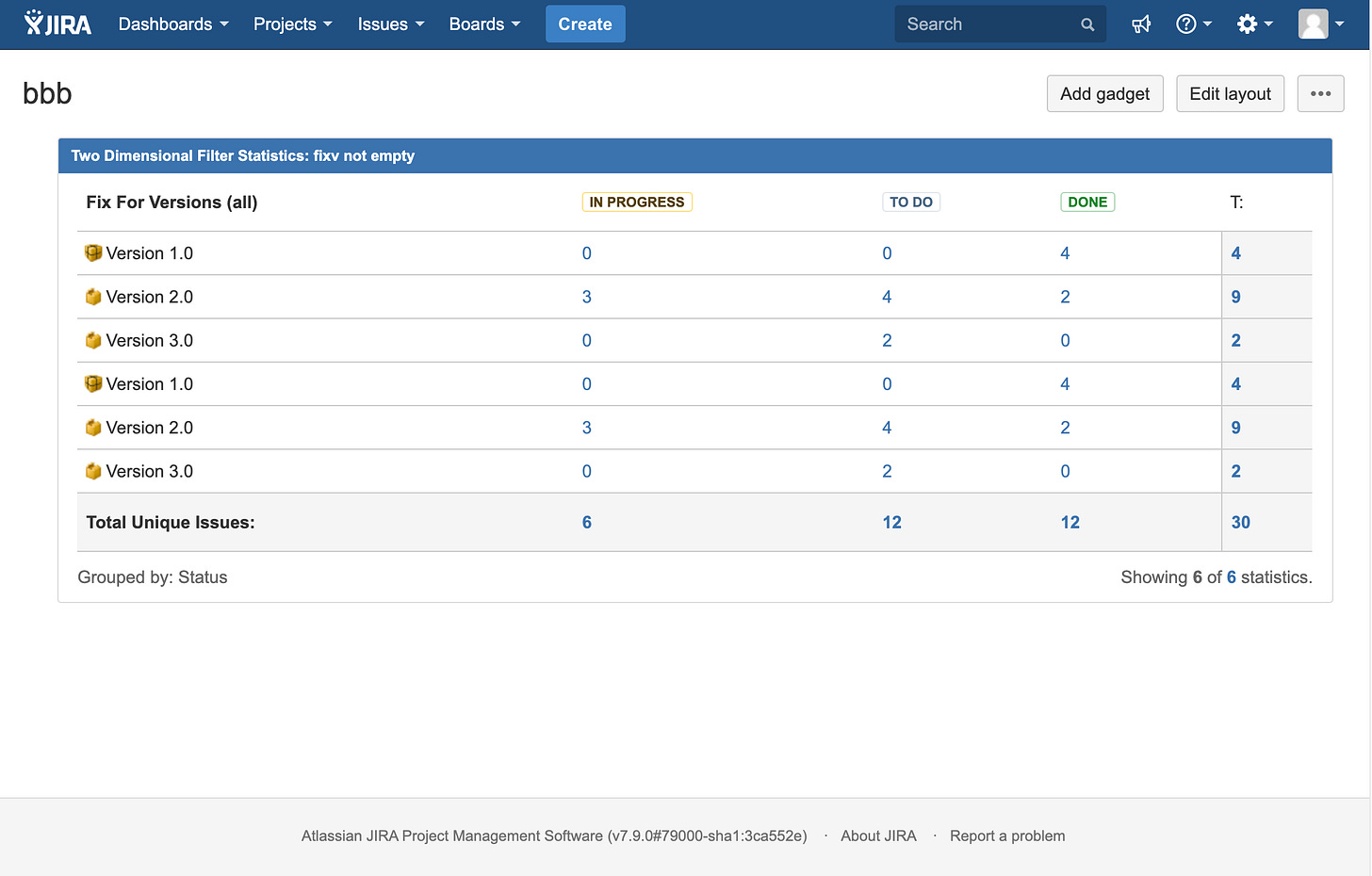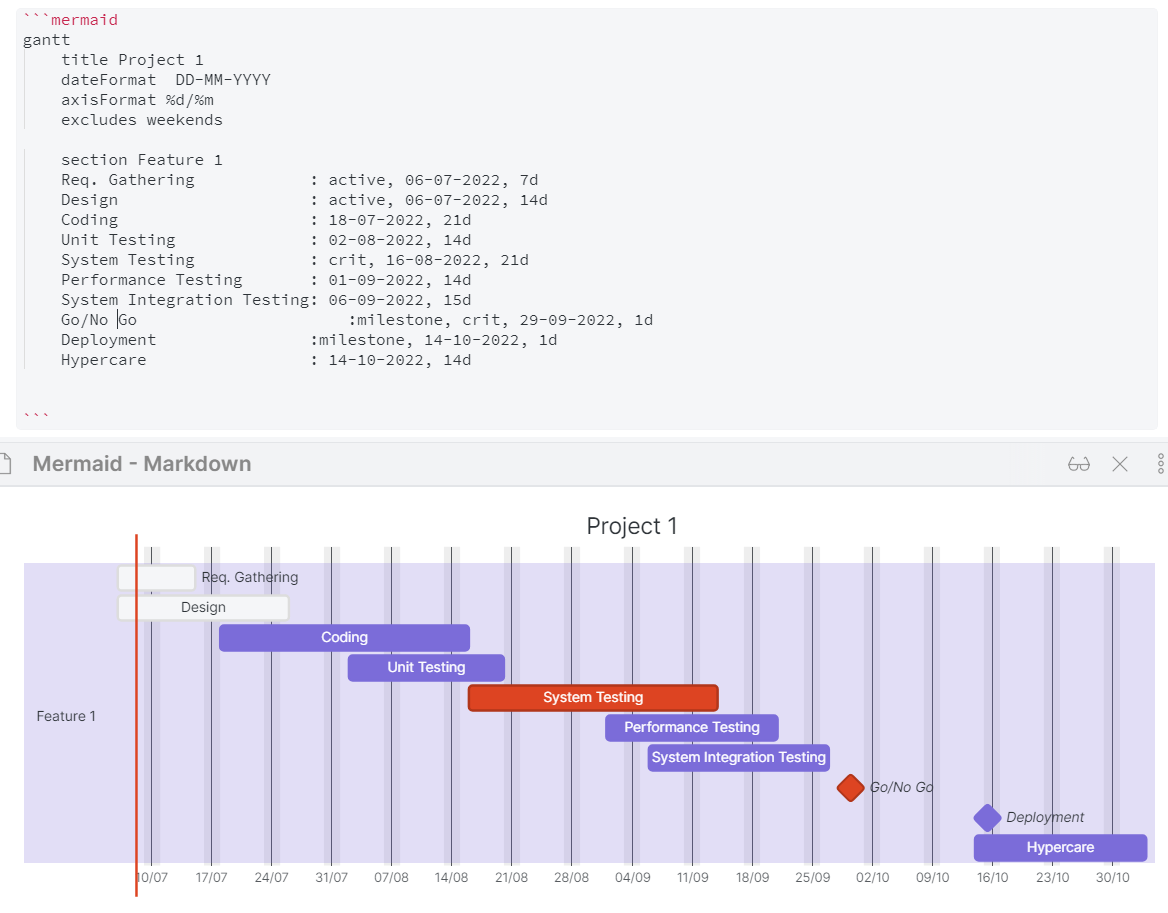What Project Management Methodology should one follow?
Let me be frank here. Every second article you read gives you a different methodology for managing your projects and different tips and tricks. Consider a basic Agile workflow.
or the SaFe Framework
or the SAP Roadmaps. This one is for SAP Activate Methodology for SAP S/4HANA Cloud.
Or even the standard Waterfall Model.
Note: All the images are standard workflows picked from basic online search.
All bells and whistles apart, what do you notice here? Every project management framework contains only the below phases.
Discovery
Design
Development
Testing
Deployment
Hypercare
The sad part is there are no best practices and there are no implementable lessons learnt. And when you graduate to the level of having 35 features on your hand, even tools like a Kanban Board or a Gantt Chart or Standard Reporting solutions will not work. Just think of a Kanban Board having 15 statuses -
Yet to Start, Deprioritized, External Dependencies, Discovery, Estimation, Documentation, Design, Development Analysis, Development, Unit Testing, System Testing, System Integration Testing, Performance Baseline, Performance Actual, Operational Acceptance Testing, Release Readiness, Hypercare
and with a feature having multiple phases at the same time(say, Development for sub feature 2 and system testing for sub feature 1), it’s going to be a complete mess.
Now, think about features which will move across sprints or even worse, the realization that you need to perform this activity for a new set of features every 15 days. It just doesn’t work.
Personally I would prefer something like the SAP model but you will quickly come to know how unwieldy it will become if you try to use it for a sprint or two sprint duration features or when you are asked to manage 10 such views. Other words, such detailed views are only for bird eye view, that too, only in features which involve enterprise transformation.
Add to this, people are not going to update the status of their features daily. Yes, they can post daily updates on the stories tagged to them but the status changes only after the story is completed.
Next comes the issues with standard solutions provided for project management - like JIRA’s two dimensional filter(this is something I plucked randomly from a JIRA forum)
So, what’s the issue here? It gives me the number of stories and not sum of story points. While this is a useful metric, the actual workload of a team containing what five or six individual scrum teams especially around over utilization or under-utilization of a resource and relative velocity is not something which I can identify at the first glance. And this means either a custom request in JIRA or bridging JIRA to something like PowerBI or the likes.
Now, add another dimension to this - WSJF. WSJF in simplest tems can be defined as
WSJF = Business Value / Effort
Now, the problem with WSJF is this. High business value will be offset by complexity of realization. Let me put the question here. What will a business choose -
Store Rollout involving 100 stores having WSJF as 25 or correcting an operational report which is overquoting the numbers by 3% and impacting overall revenue but having a WSJF of 45?
Computing the WSJF,
Which of the above two features should a Product Manager or a Project Manager prioritize? The low WSJF feature going against the Agile Principles or the high WSJF feature waiting for the business to deprioritize the high WSJF feature and thrusting the low WSJF feature down your throat? This is something which I notice too frequently when dealing with reprioritization. Whatever the priority you are maintaining, the ultimate priority is this.
Business Expansion > High Business Value(irrespective of effort) > Operational Convenience
Practically to speak, you have no option to go by WSJF but have a contingency plan for reprioritization.
For Project Management, all I need are these.
An Estimation Tool(any planning poker solution should be fine if it is Agile)
A granular level breakdown of the feature into individual stories - at sub feature-SDLC phase level
An excel sheet(!) having the columns current status, third party dependency, whether it’s a focus feature and two columns for each SDLC phase - one for phase status and one for phase end date. This is needed for day to day management and for reporting metrics.
A quick solution like Mermaid Gantt to quickly plan timelines
An analytics dashboard at feature level and associate level which gives a rough estimate of the percentage of work pending.
And a lots of improvisation as situation demands.
One thing more. Spare an hour daily, clean up that excel sheet and update the dashboards whatever you are maintaining - after all, managing downwards and managing upwards are two completely opposite topics. For downward management, you need facilitation and intervention, for upward management you need presentation and fulfilling expectations.

